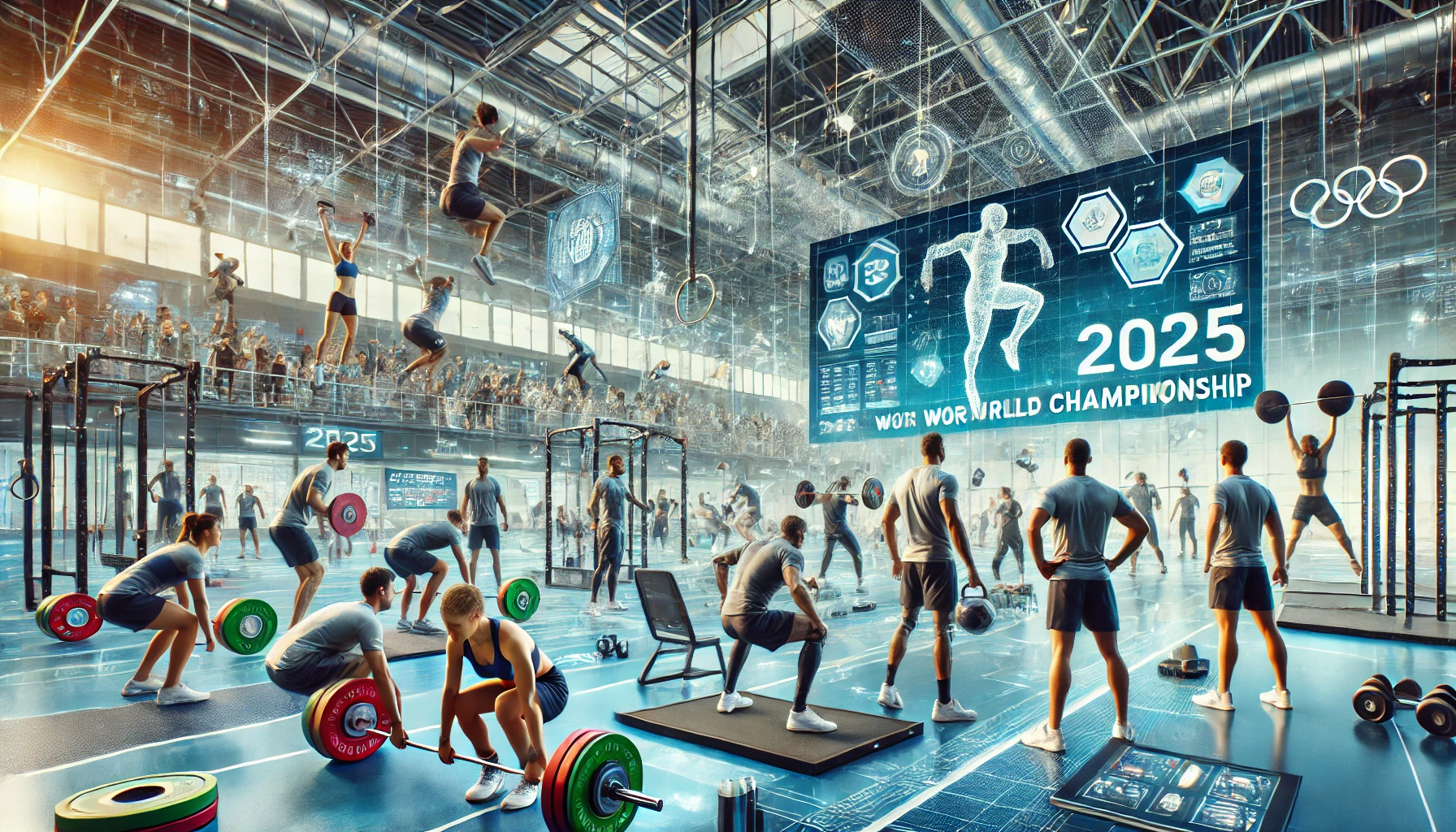The 2025 World Championship is just around the corner, and elite athletes are training harder than ever. With sports constantly evolving, so do the methods athletes use to prepare. Gone are the days of simple drills and routine workouts. Today’s champions follow structured regimens that combine physical conditioning, mental toughness, nutrition, and cutting-edge technology.
Whether you’re an aspiring athlete or just curious about how top competitors get ready, this guide breaks down the strategies used by champions. From setting goals to leveraging sports science, let’s dive into what it takes to train like a world-class athlete.
1. Setting the Foundation: Goal-Oriented Training
Before any athlete steps onto the field, court, or track, they set clear goals. These could be improving speed, refining technique, or building endurance. Goal setting isn’t just about ambition—it’s about creating a roadmap to success.
Coaches and sports scientists play a crucial role in this process. They help structure training cycles through periodization, a method that divides training into phases. This ensures athletes peak at the right time, avoiding burnout and overtraining.
2. Physical Conditioning: Building Strength, Speed, and Endurance
a. Strength and Power Training
Strength training is the foundation of athletic performance. Athletes use resistance training, Olympic lifts, and plyometrics to develop explosive power. Sport-specific strength training ensures they are conditioning the right muscles for peak performance.
b. Cardiovascular and Endurance Training
Aerobic and anaerobic conditioning are essential for different sports. Some athletes benefit from high-intensity interval training (HIIT) to develop power and stamina, while others require long-distance endurance training. Recovery runs and active recovery techniques help maintain performance over time.
c. Agility and Speed Work
Champions need to be quick on their feet. Acceleration drills, agility ladder exercises, and neuromuscular coordination training help improve reaction times. These drills mimic game-time situations, ensuring athletes are ready for any challenge.
3. Technical and Tactical Preparation
Physical ability alone won’t win championships—skill and strategy matter too. Athletes spend hours refining their technique through sport-specific drills and game simulations. Studying opponents using video analysis helps them anticipate strategies and adapt accordingly.
Advanced technology, such as wearable performance trackers, helps coaches monitor progress. Some even use artificial intelligence to analyze movement patterns and suggest improvements.
4. Nutrition and Recovery Strategies
a. Sports Nutrition for Peak Performance
An athlete’s body is like a high-performance machine—it needs the right fuel. The right balance of macronutrients (proteins, fats, and carbs) ensures sustained energy levels. Hydration is another crucial factor, with personalized plans tailored to the demands of training and competition.
Supplements like electrolytes and protein powders aid recovery. Athletes also follow structured meal plans designed to optimize performance.
b. Recovery Techniques and Injury Prevention
Intense training leads to muscle fatigue, making recovery essential. Sleep, physiotherapy, massage therapy, and cryotherapy are all part of a champion’s routine. Yoga and stretching prevent injuries, while load management ensures athletes don’t overtrain.
5. Mental Conditioning and Psychological Resilience
Athletes face immense pressure, making mental training as important as physical training. Visualization techniques, mindfulness, and meditation help them stay focused. Sports psychologists guide athletes through confidence-building exercises and teach them to handle competition nerves.
Reading personal growth books is another common practice. Many athletes use these books to develop a winning mindset, overcome setbacks, and stay motivated throughout their training journey.
6. Leveraging Cutting-Edge Sports Science & Technology
Sports science has revolutionized athletic training. Biomechanics helps optimize movement, while wearable technology tracks progress. AI-driven performance analysis allows for precise feedback, and virtual reality (VR) training simulations help athletes prepare for real-game scenarios.
Technology even plays a role in competitions like American Ninja Warrior Junior, where competitors use advanced training techniques to master complex obstacles.
7. The Role of Coaching, Support Staff, and Team Dynamics
No champion trains alone. Behind every athlete is a dedicated team, including coaches, nutritionists, strength trainers, and physiotherapists. A strong support system is key to maintaining motivation and ensuring an athlete’s well-being.
Team dynamics are also crucial in sports that require coordination and cooperation. Successful teams train together, build chemistry, and work towards a common goal.
8. Case Studies: How Top Athletes Are Preparing for 2025
Many elite athletes share insights into their training routines. From marathon runners to Olympic weightlifters, each has a unique approach tailored to their sport.
For example, who won American Ninja Warrior 2024 will likely have trained extensively in grip strength, endurance, and agility. Studying their methods can offer valuable lessons for aspiring competitors.
9. Common Challenges and How Athletes Overcome Them
Athletes face setbacks like injuries, loss of motivation, and performance slumps. They overcome these obstacles by adapting their training, focusing on rehabilitation, and maintaining a growth mindset. Personal growth books often play a role in helping them push through adversity.
10. The Final Weeks: Peaking for Competition Day
As competition day approaches, athletes enter the tapering phase, reducing training intensity to allow full recovery. They focus on mental and physical readiness, perfecting last-minute details.
Many follow pre-competition rituals to get in the zone. Whether it’s listening to music, meditating, or reviewing game strategies, these rituals help them perform at their best.
Conclusion
Training like a champion requires more than just physical effort—it’s about smart planning, mental resilience, and using the latest technology. Whether you’re preparing for the 2025 World Championship or just looking to improve in your sport, adopting these strategies can help you reach your peak potential.

